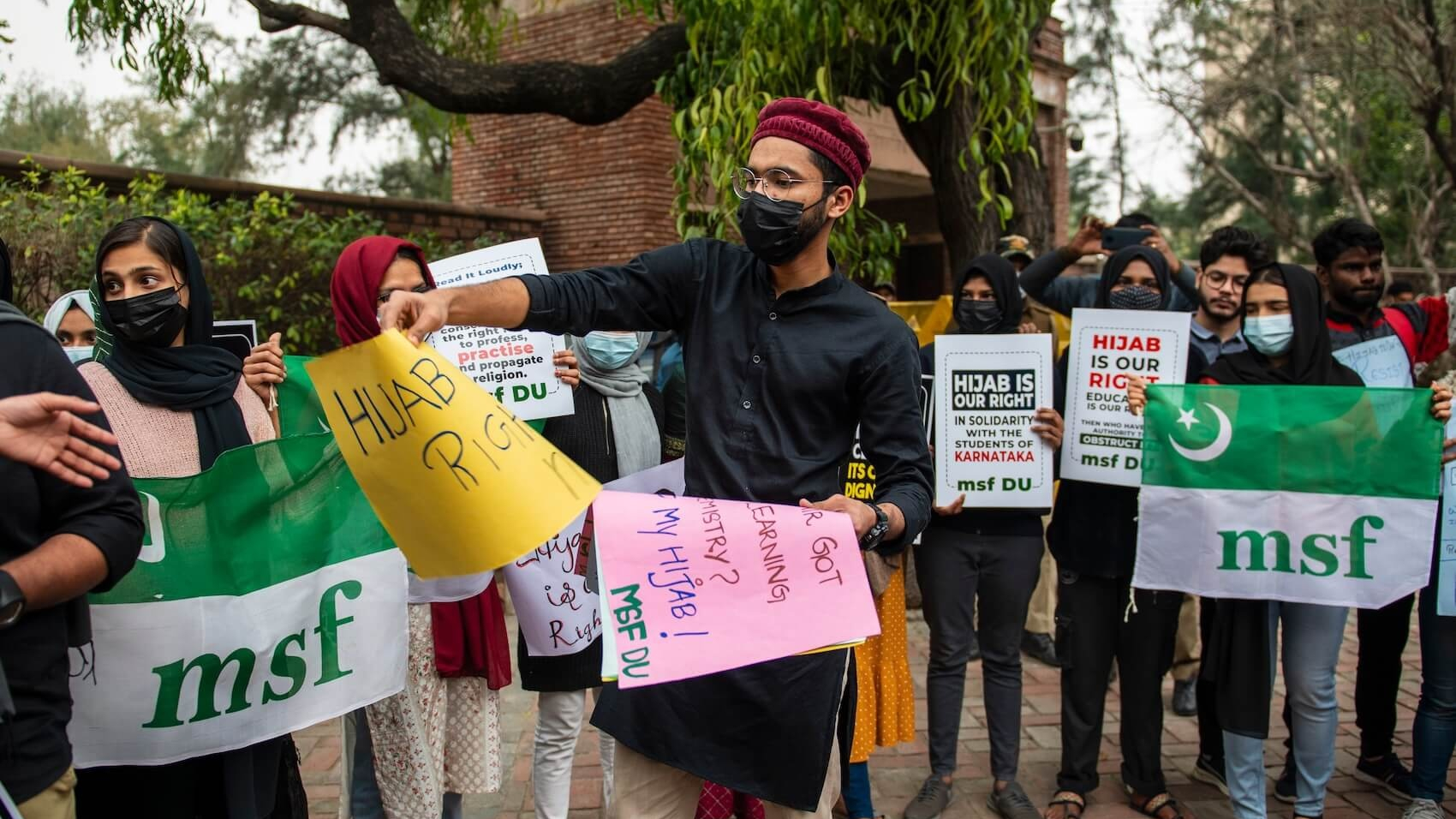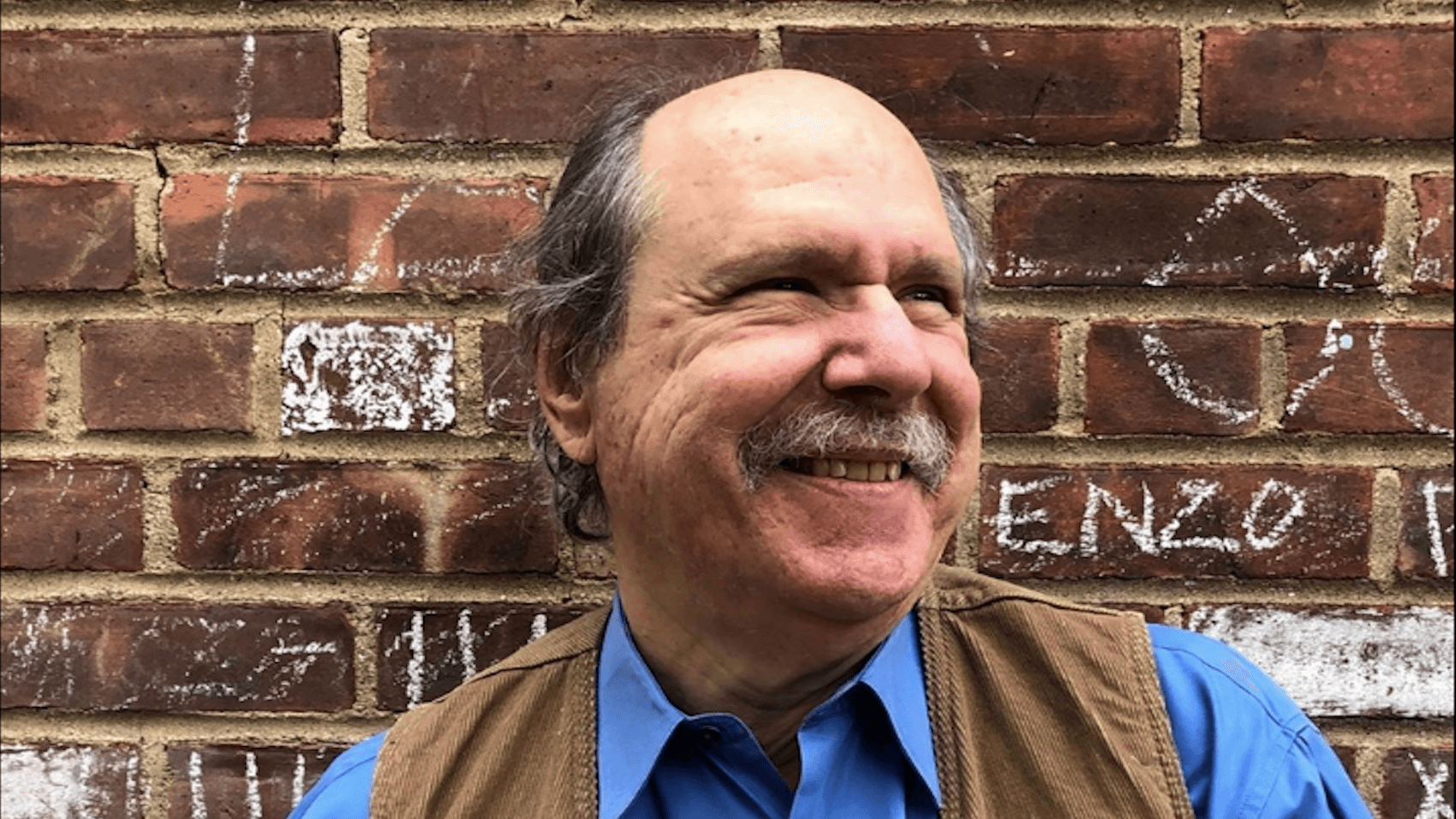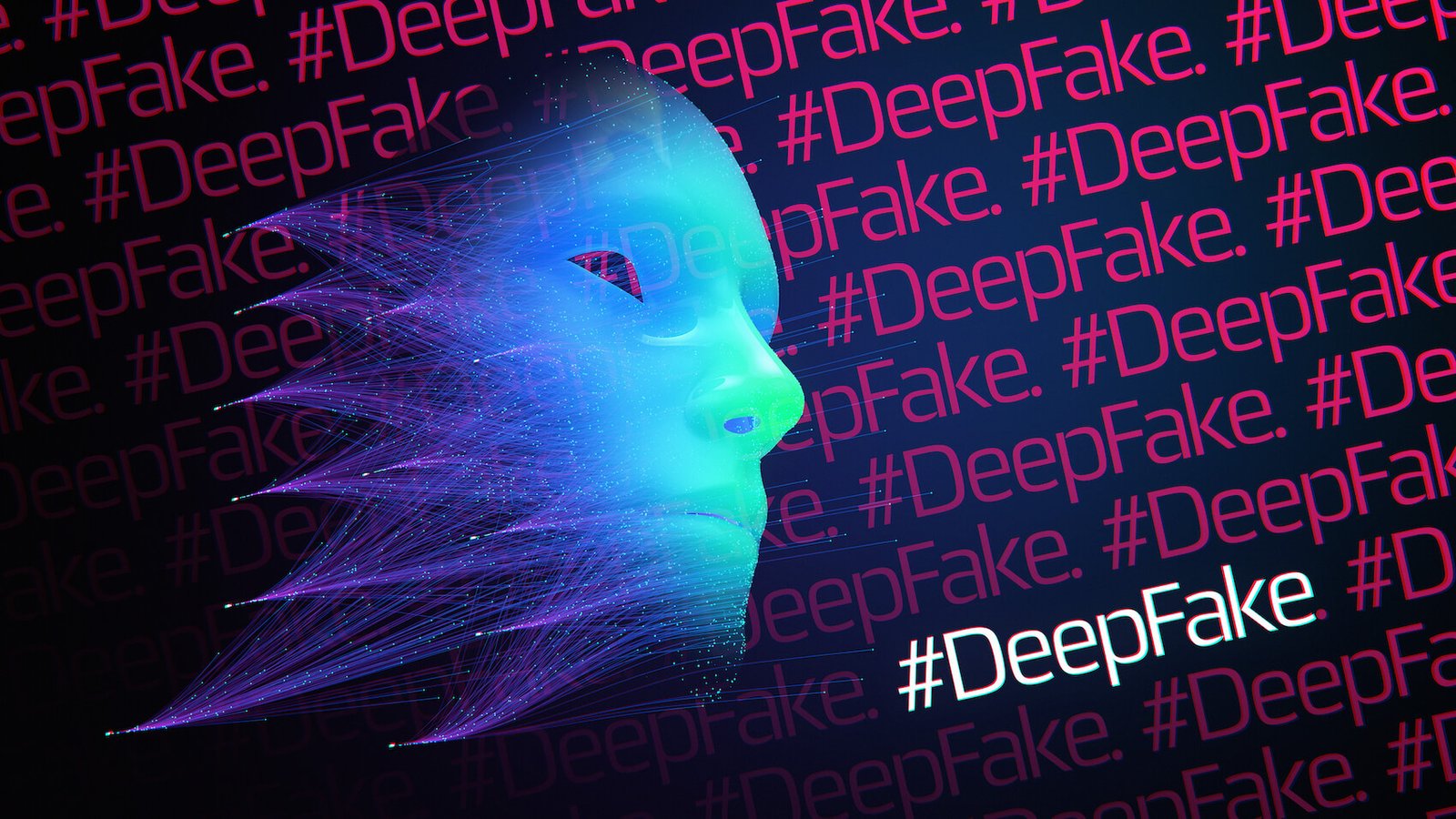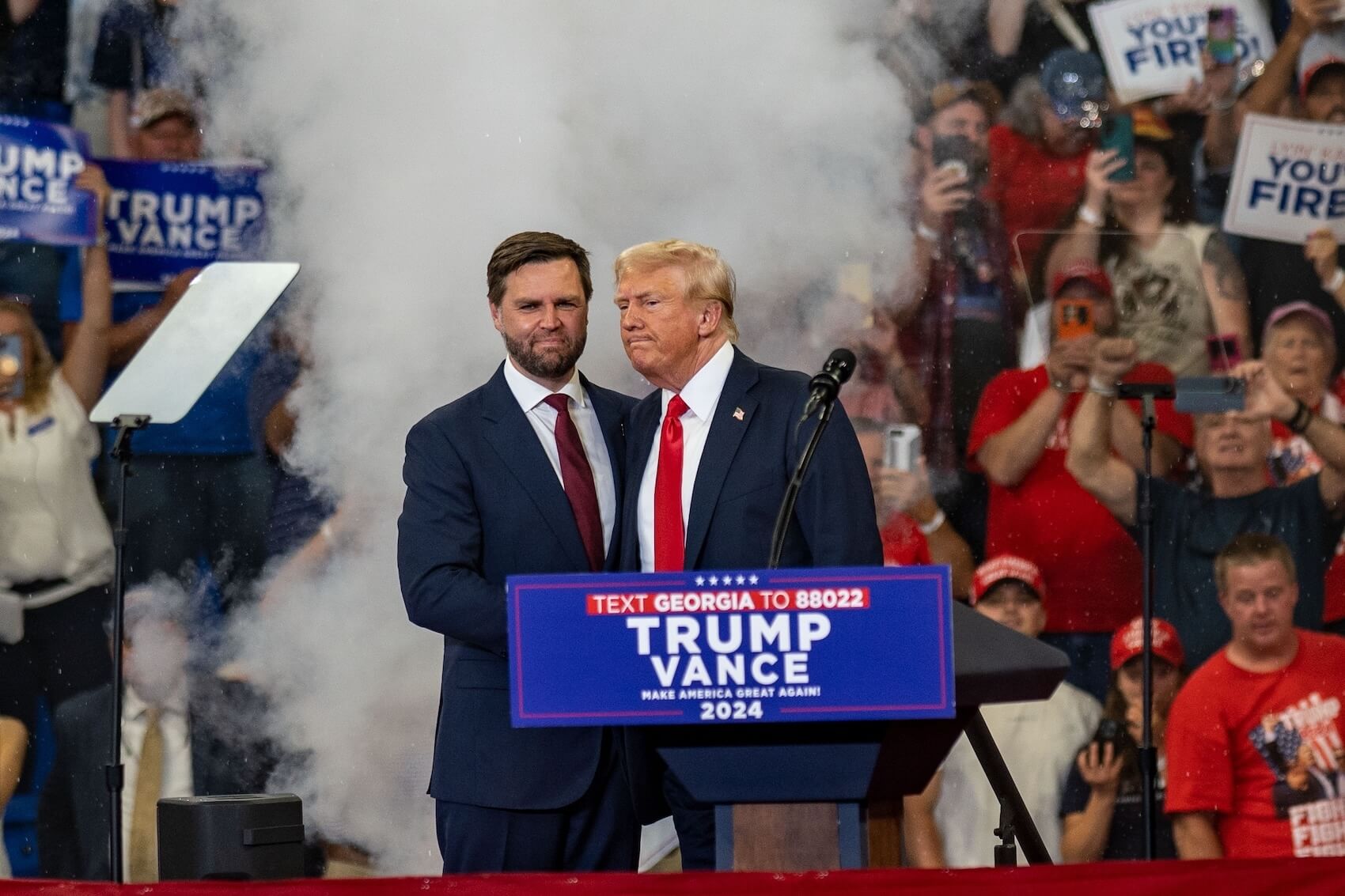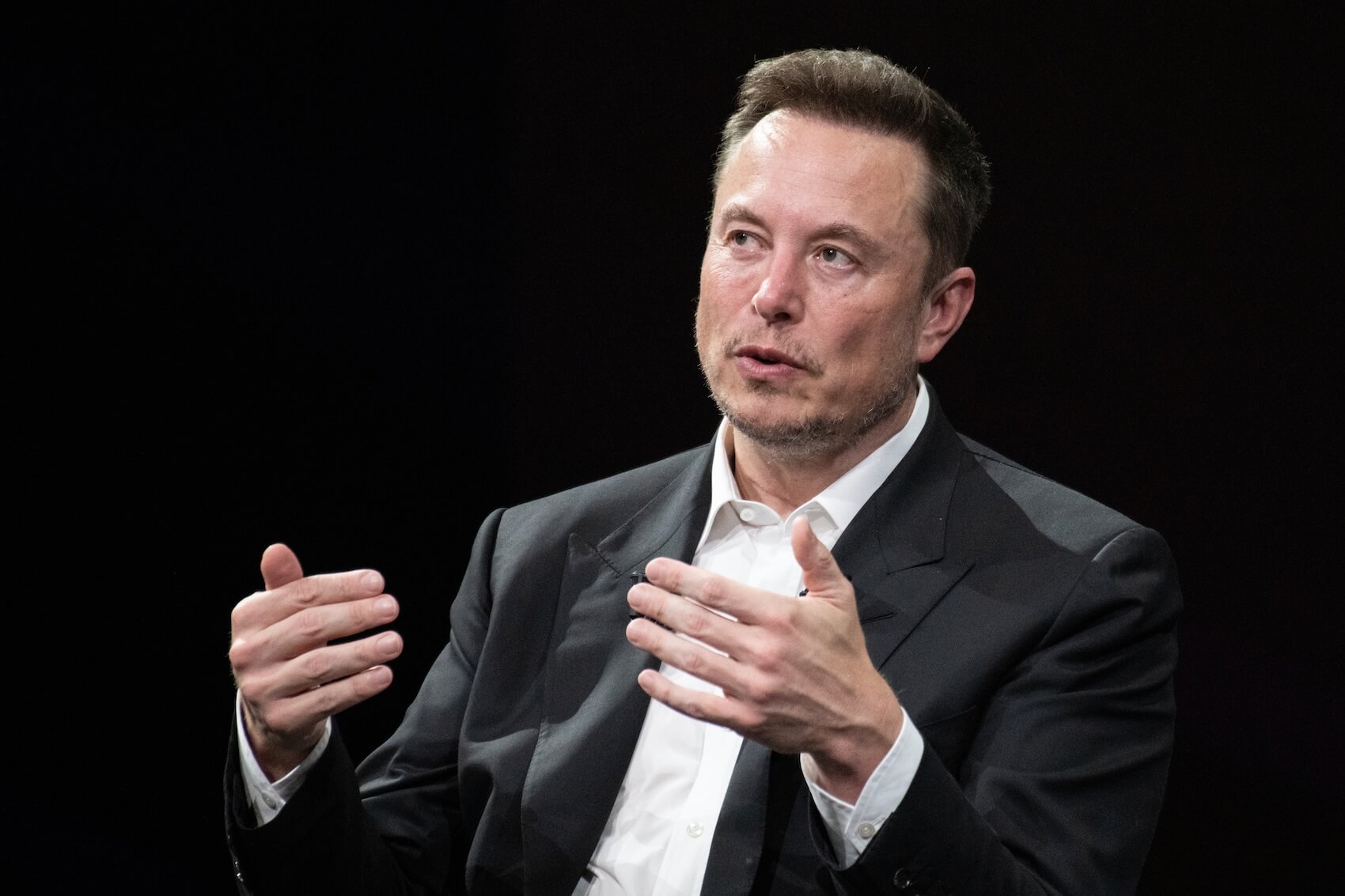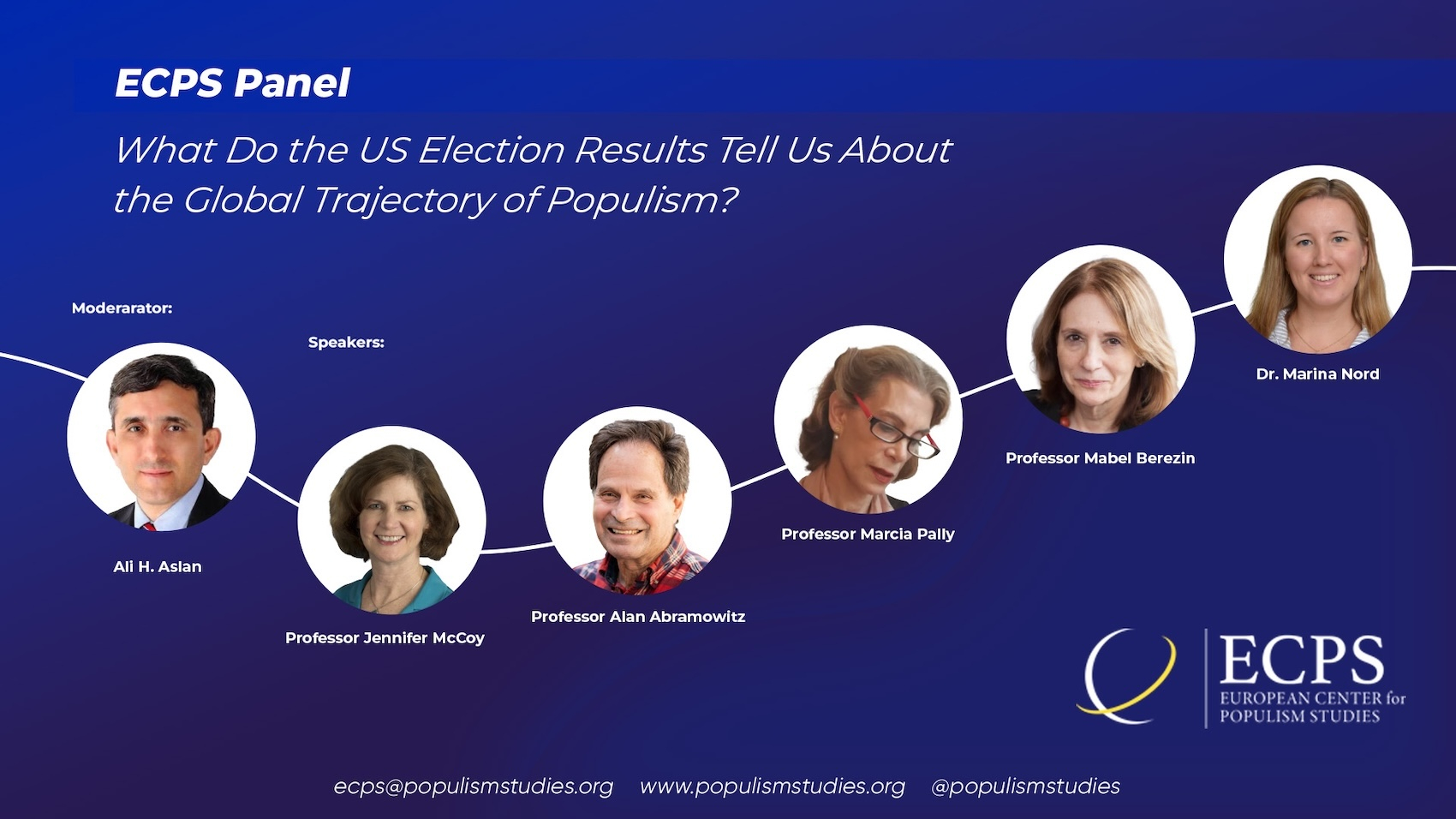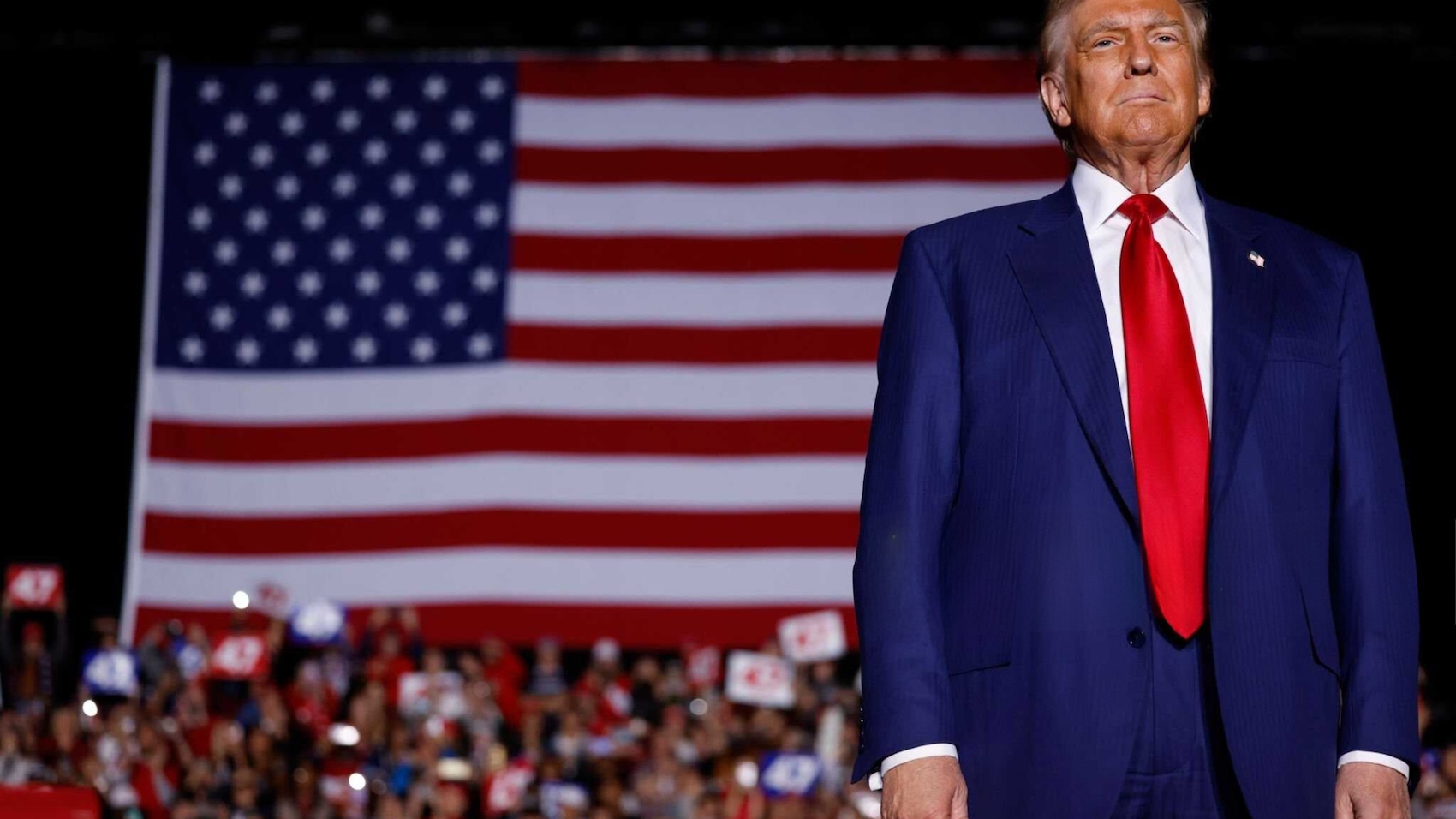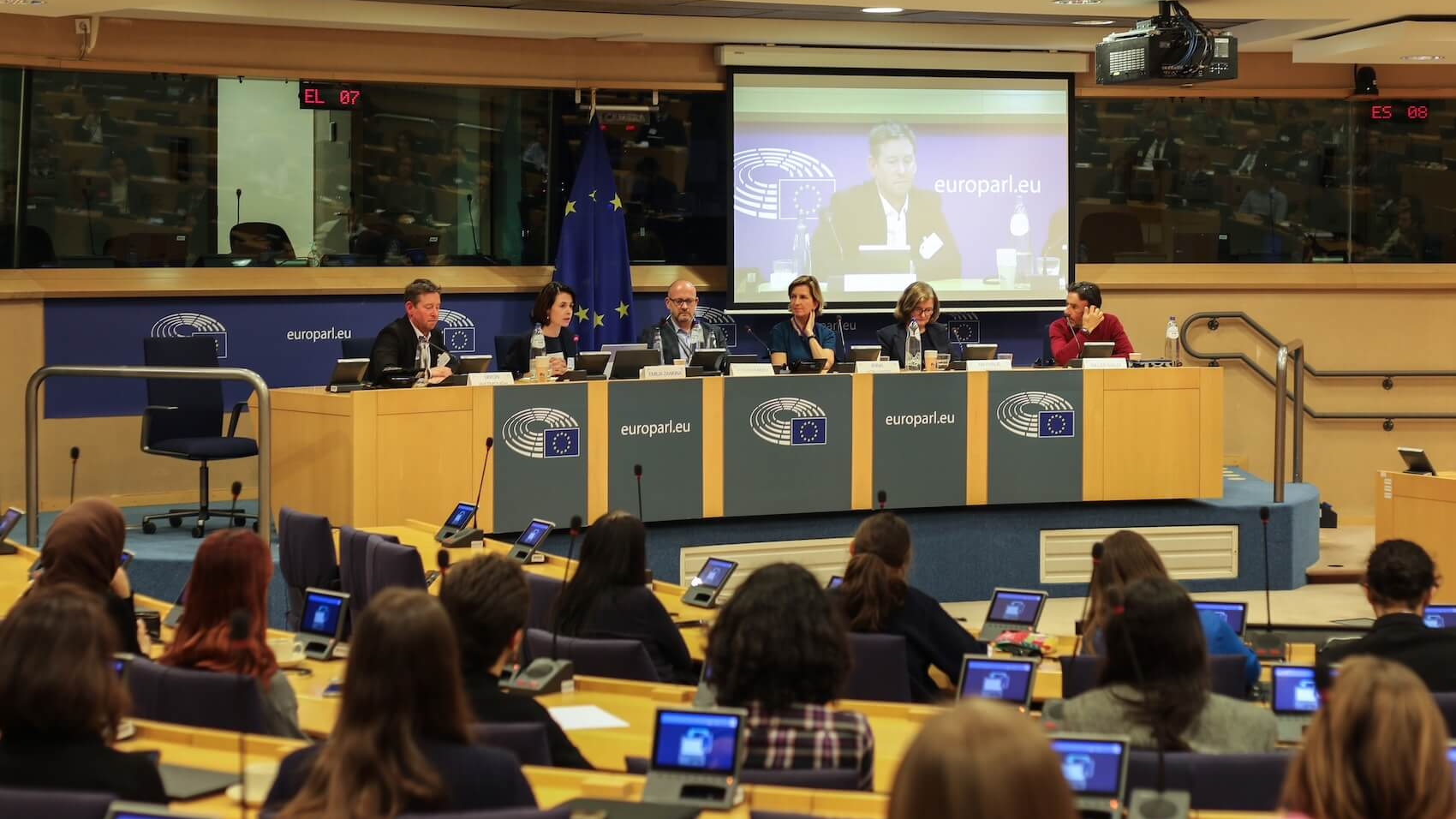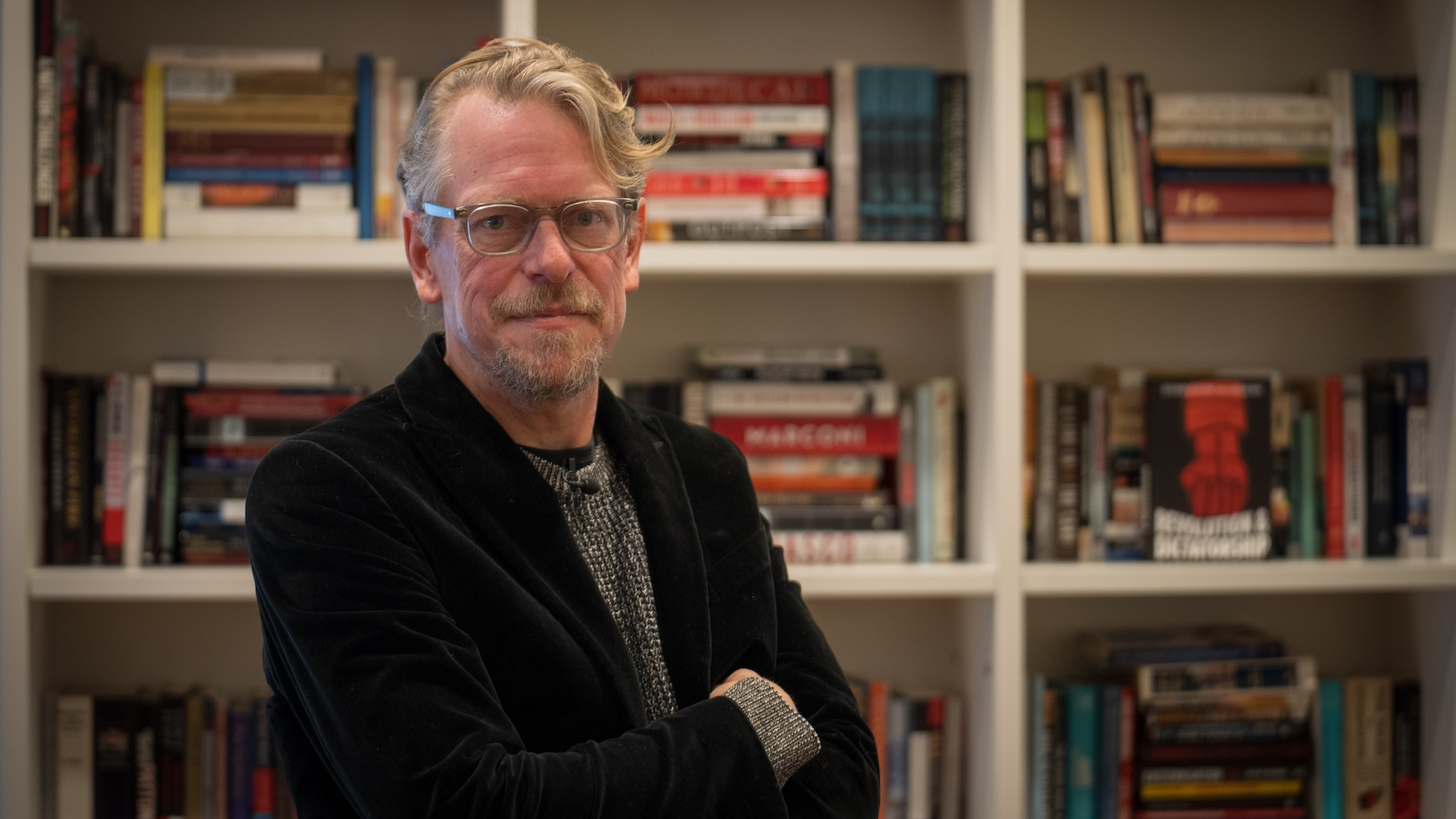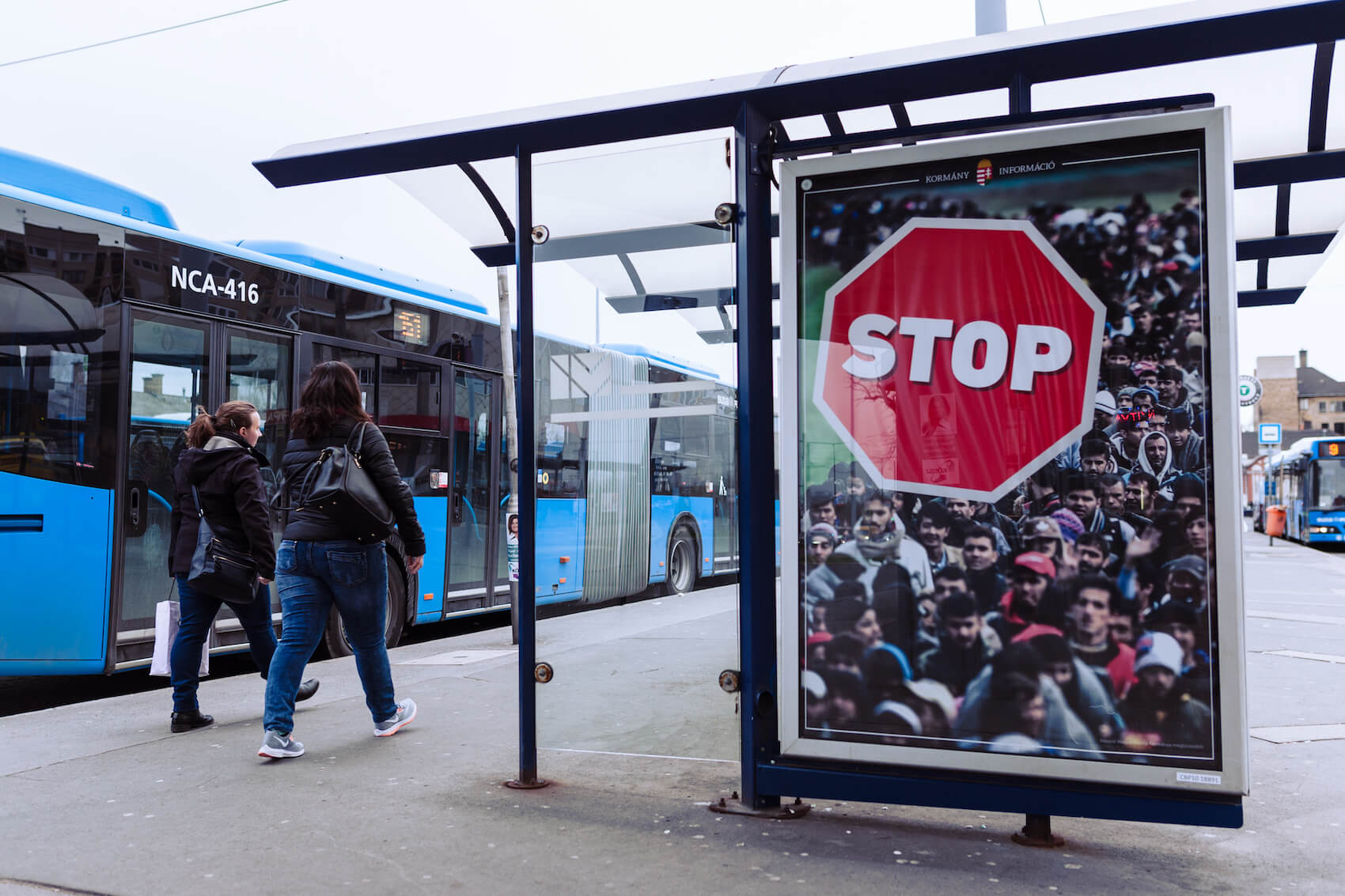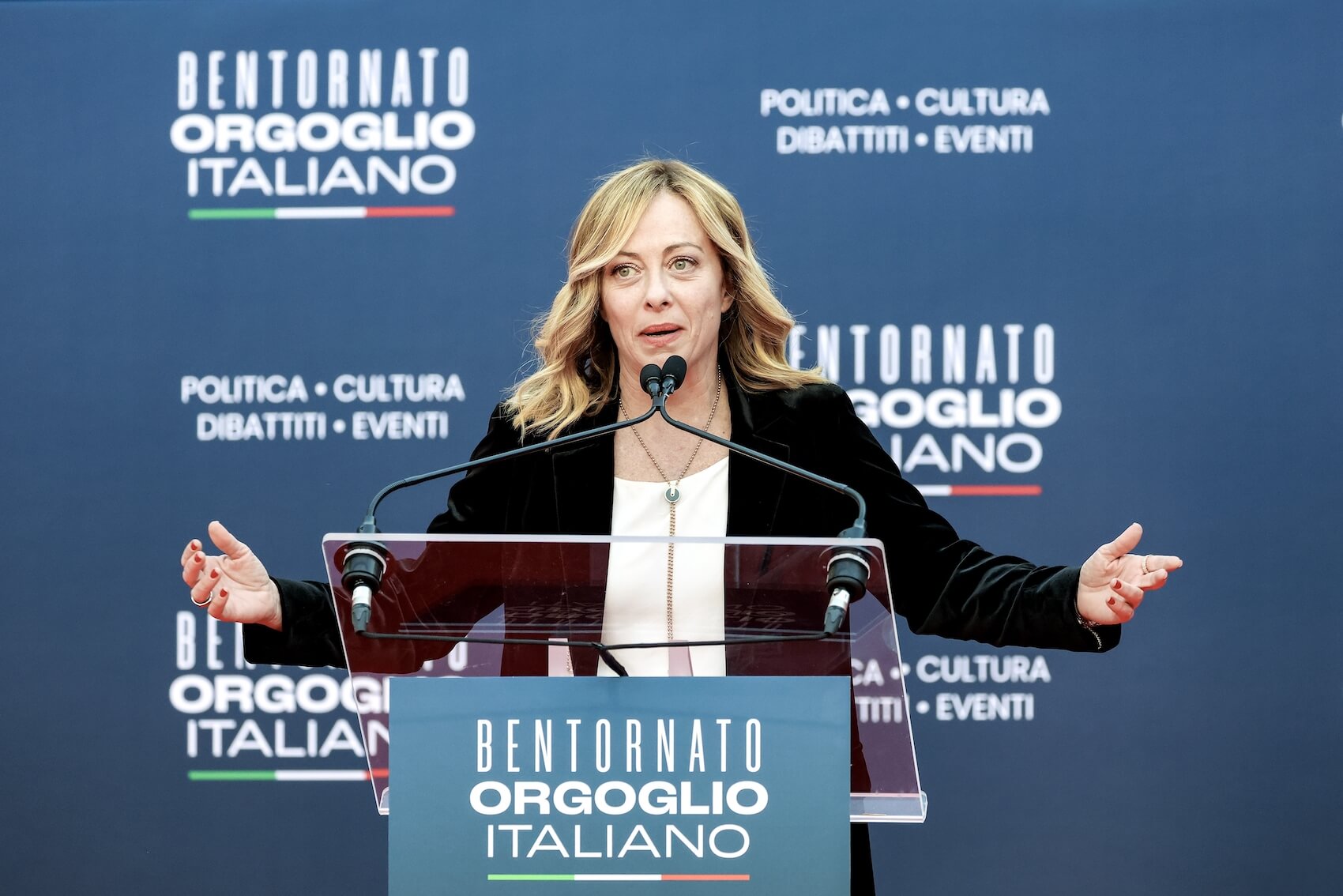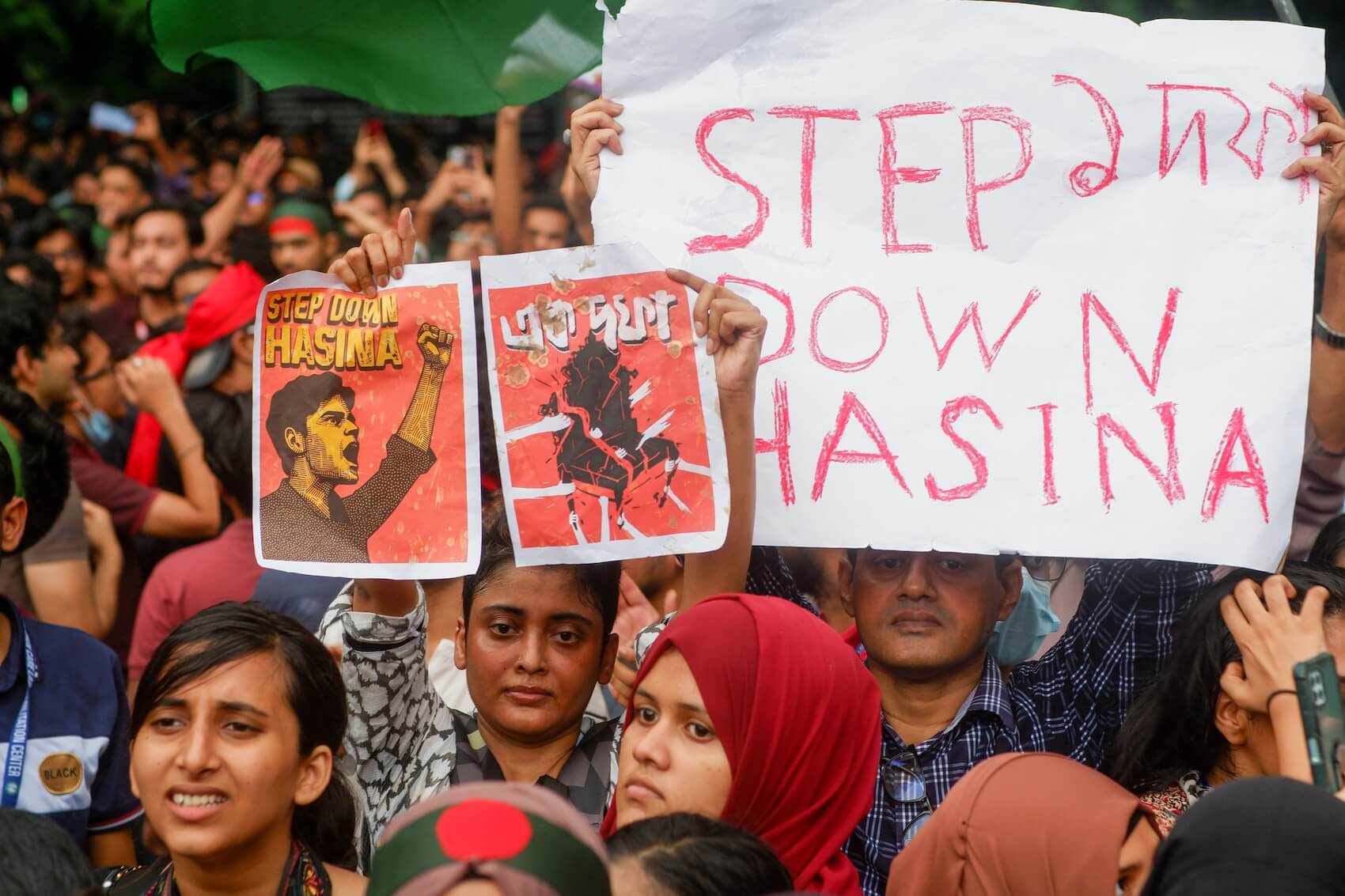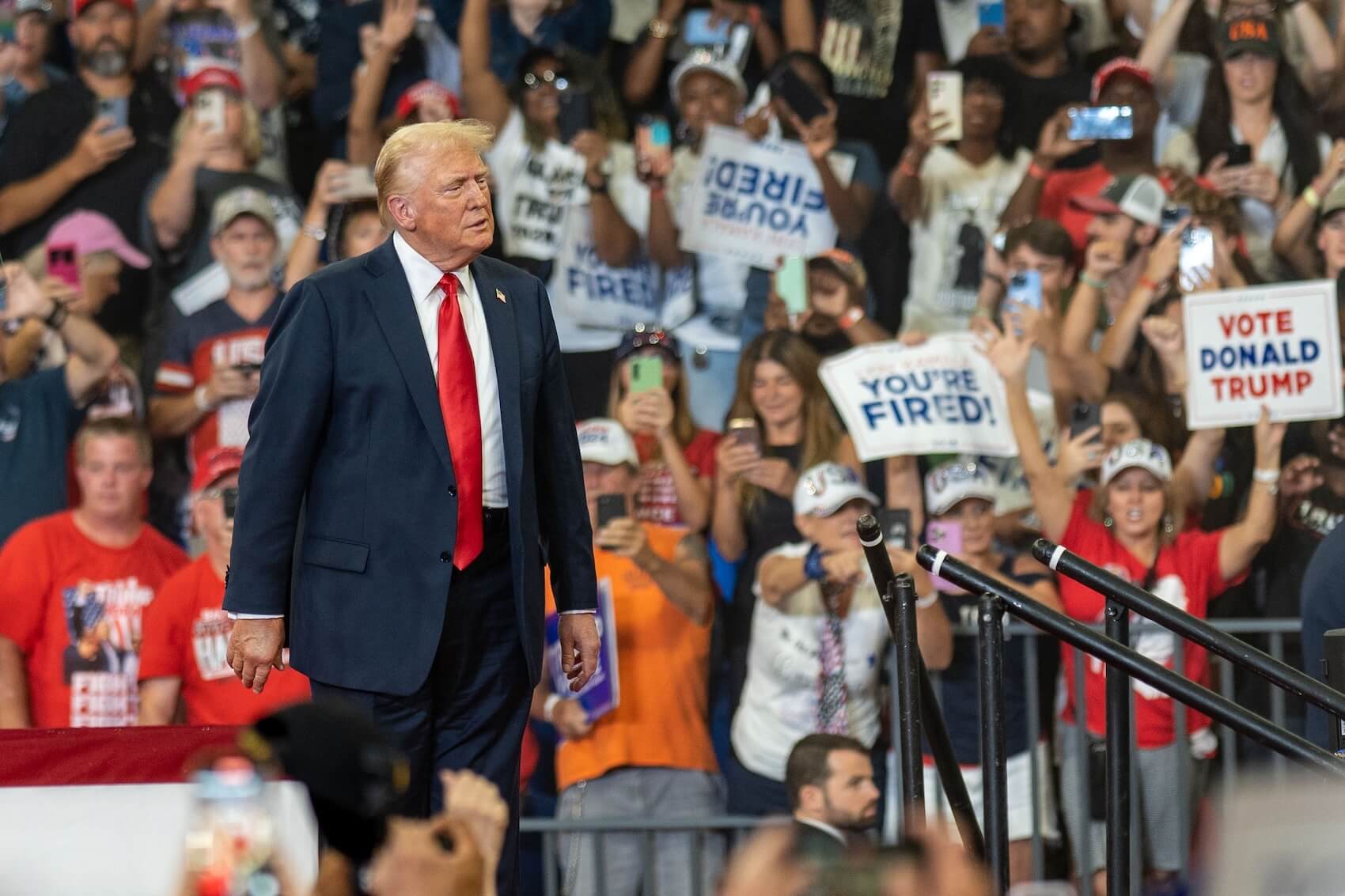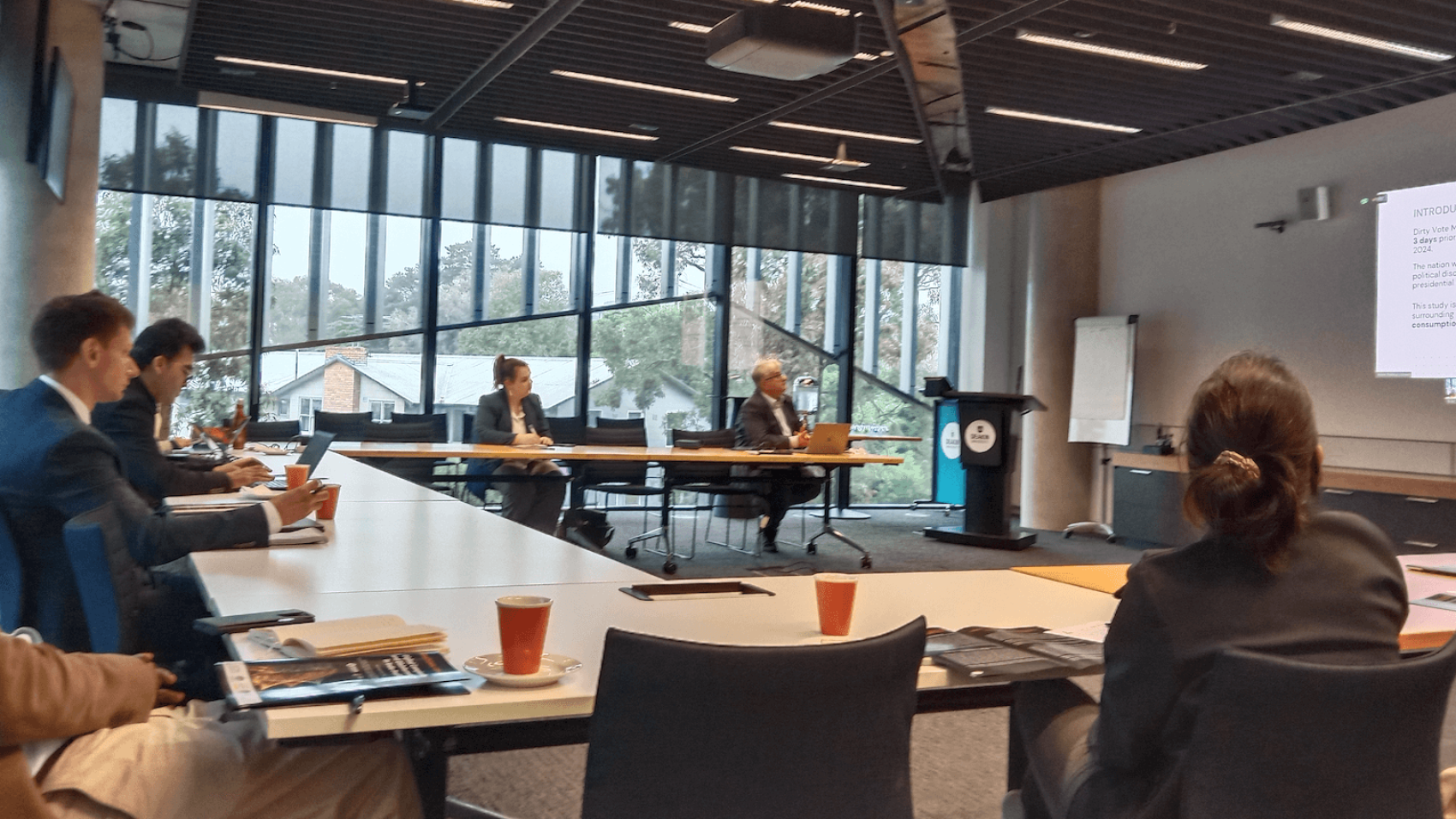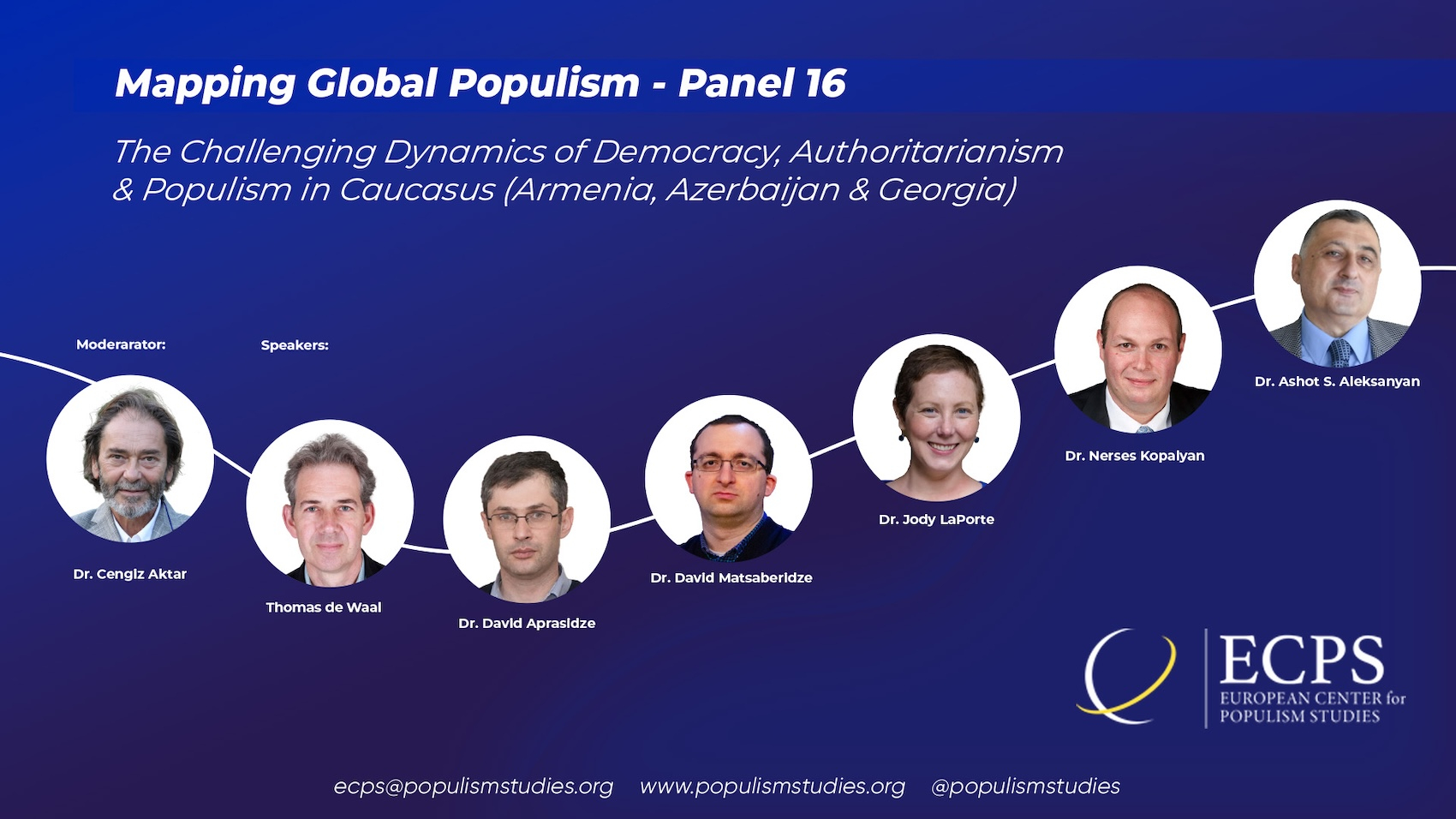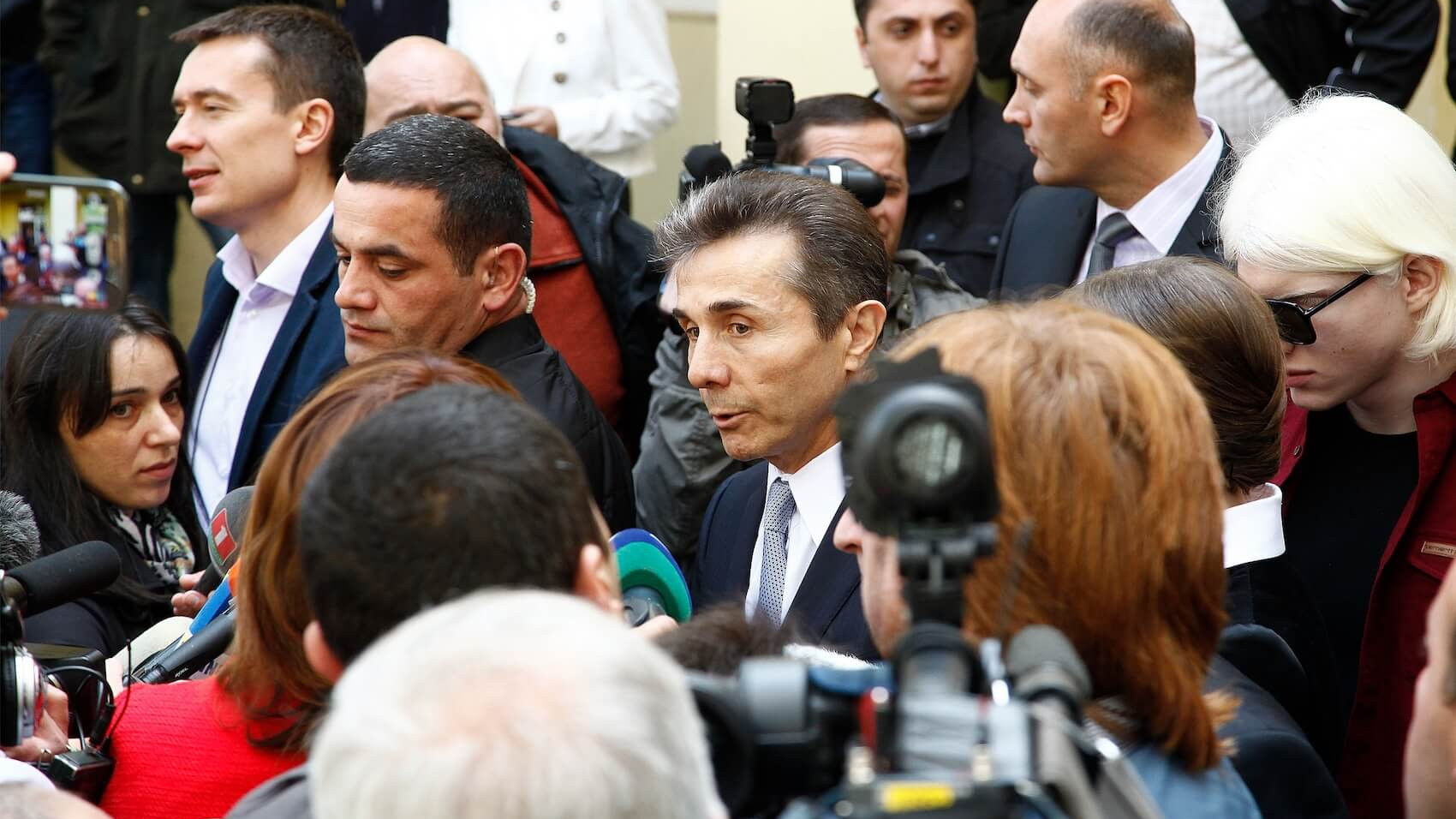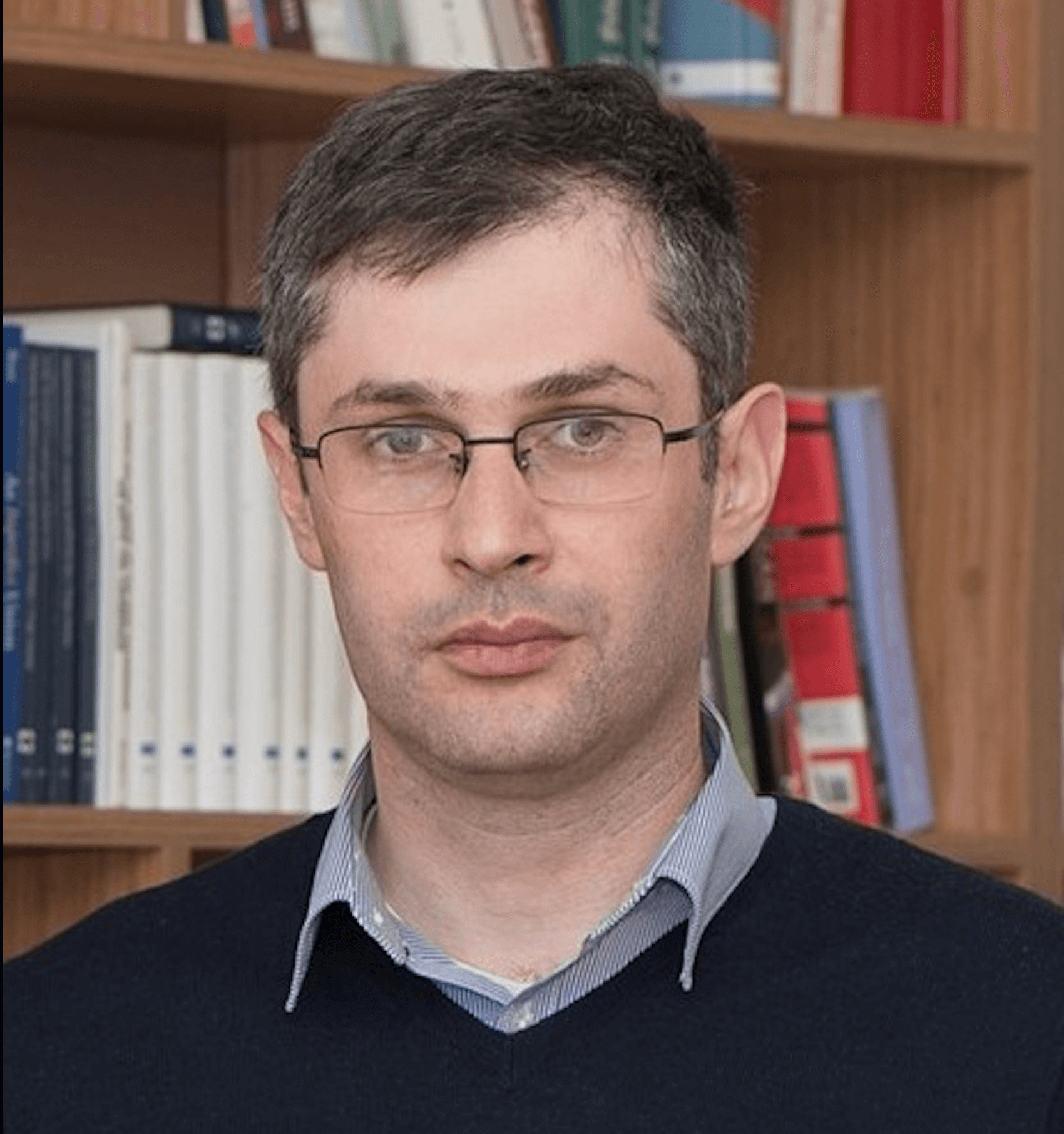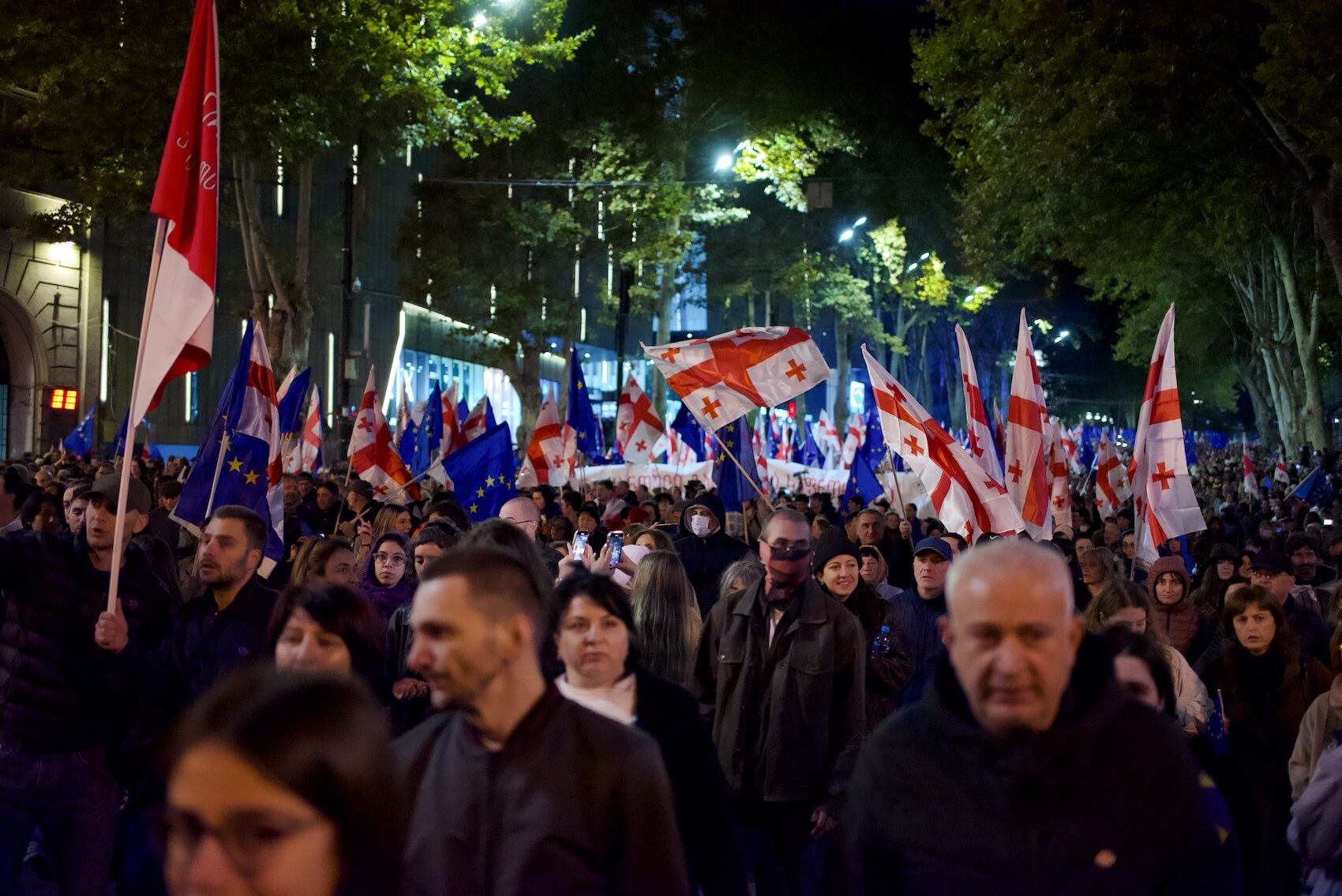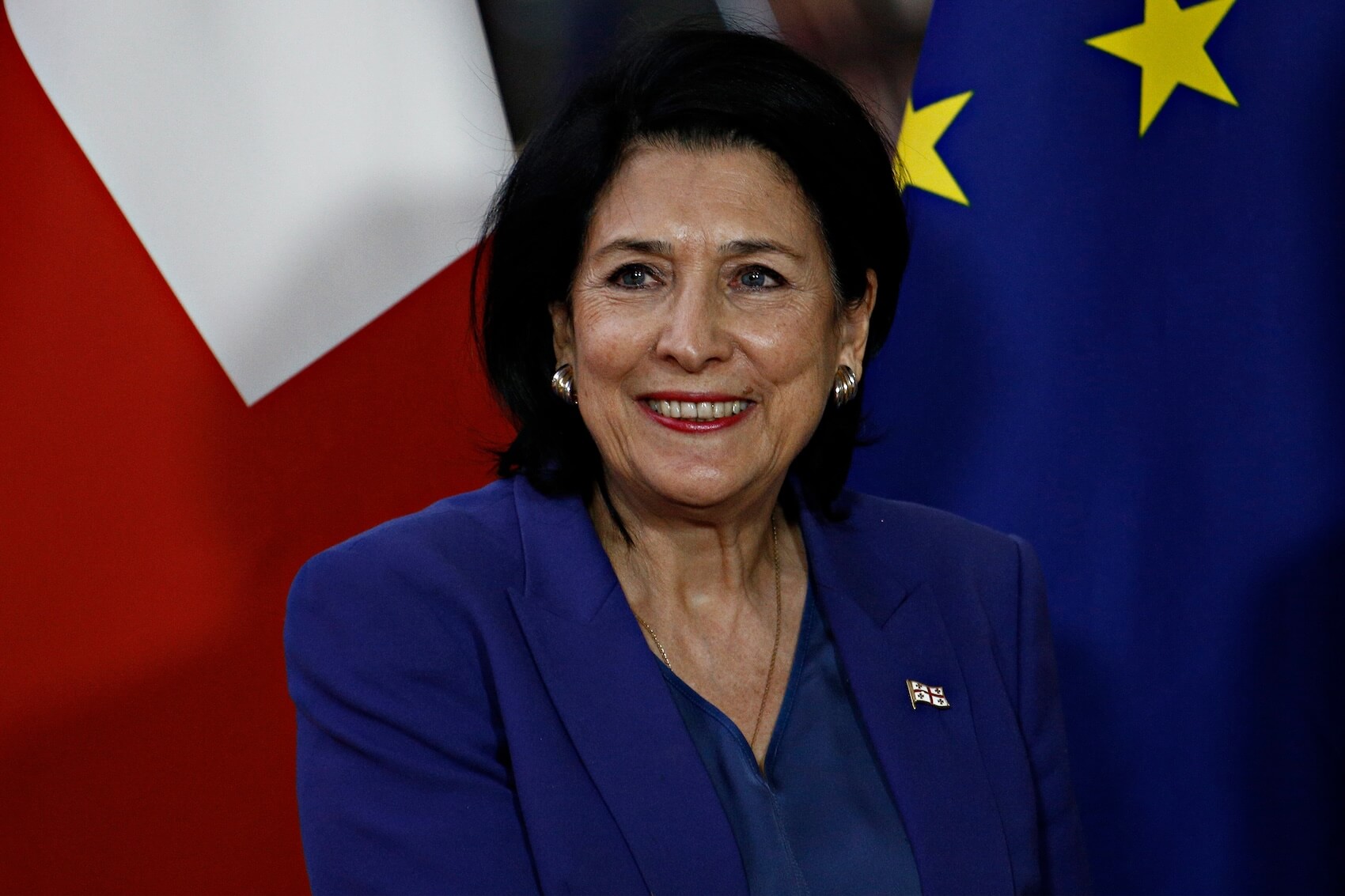Professor Tanweer Fazal emphasizes that “otherization is primarily a deliberate process rather than something inherently embedded in a culture.” He explains how this systematic targeting involves mobilizing economic, cultural, historical, and political resources to marginalize specific communities. Reflecting on the state’s role, Professor Fazal critiques its evolving relationship with secularism and justice. He notes a shift in the post-2014 political landscape, observing, “The state has increasingly abandoned its efforts to project a secular or morally incorruptible image,” instead embracing a majoritarian framework.
Interview by Mukesh Kulriya*
In this engaging and insightful conversation, Professor Tanweer Fazal, a distinguished sociologist from the University of Hyderabad, discusses the intricate and deliberate process of otherization in India. As part of the podcast Countering Religious Hate: Music as Mitigation Strategy, hosted by Mukesh Kulriya and supported by the Initiative to Study Hate at UCLA, the interview delves into the intersections of communal violence, state practices, cultural initiatives such as music festivals to counter hate, and the persistent challenges of justice and reconciliation in South Asia.
Professor Fazal emphasizes that “otherization is primarily a deliberate process rather than something inherently embedded in a culture.” He explains how this systematic targeting involves mobilizing economic, cultural, historical, and political resources to marginalize specific communities. Drawing from his extensive research, he highlights historical examples, such as the plight of the Meo Muslims in Rajasthan during the 1940s, and connects them to contemporary practices, such as the exclusionary mechanisms of the Citizenship Amendment Act (CAA) and the National Register of Citizens (NRC).
Reflecting on the state’s role, Professor Fazal critiques its evolving relationship with secularism and justice. He notes a shift in the post-2014 political landscape, observing, “The state has increasingly abandoned its efforts to project a secular or morally incorruptible image,” instead embracing a majoritarian framework. He underscores how this transformation impacts justice delivery, reconciliation, and the ability of cultural interventions, such as Sufi music or Kabir performances, to counter hate and divisiveness.
The discussion also explores the concept of the “national public” and its symbolic, context-dependent emergence. Professor Fazal argues that the idea of a unified national public in India is more a constructed narrative than an objective reality. “In India, when we talk about the public, we must actually consider ‘publics,’” he remarks, highlighting the country’s linguistic, cultural, and communal diversity. He further elaborates on the disparity in how nationalistic expressions—such as advocating for Khalistan versus calling for a Hindu state—are treated within India’s legal and political frameworks.
Through this thought-provoking conversation, Professor Fazal illuminates how the state, public, and cultural practices intersect to shape and perpetuate the process of otherization in India. This interview offers a critical lens for understanding the broader implications of these dynamics and the potential paths forward in addressing hate and fostering inclusivity.
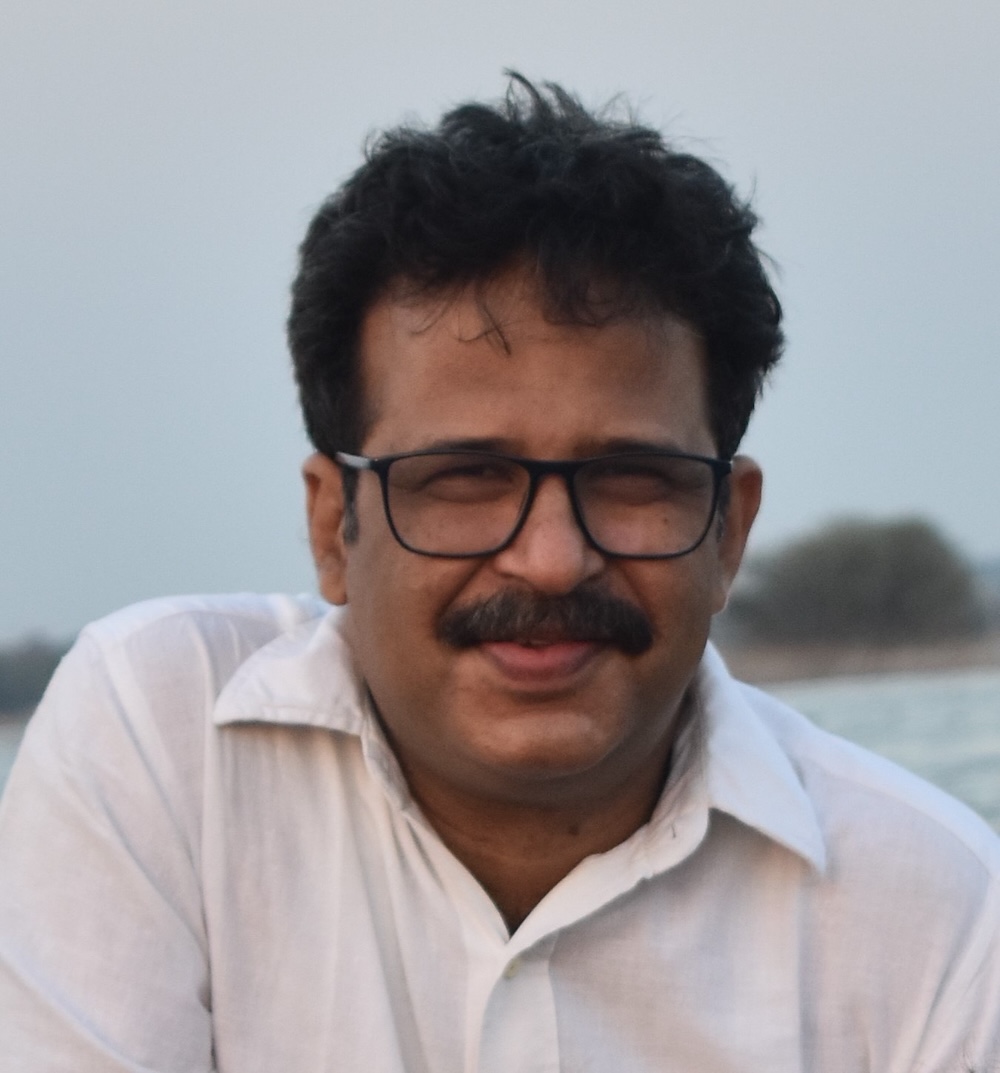
Here is the transcription of the interview with Professor Tanweer Fazal with some edits.
Otherization Is Not a Fixed or Stable Phenomenon
Thank you so much, Professor Fazal, for joining me today. It’s truly an honor to have you here. While I’ve been following your public talks for over a decade, this is the first time I’ve directly connected my research to your work, and it has made me realize just how relevant your book is. My project primarily focuses on music, but I’ve come to understand that it’s impossible to study music in isolation from the broader societal context. This particular study is part of a larger initiative called the Initiative to Study Hate. It involves interdisciplinary efforts across fields like media studies, history, and neuroscience, aiming to understand how processes of otherization and hate operate. To set the stage, could you provide a brief overview of the process of otherization? I understand it’s a broad question, but a historical perspective would help our audience better understand the foundations and dynamics of otherization.
Professor Tanweer Fazal: In my view, otherization is primarily a deliberate process rather than something inherently embedded in a culture. It is actively driven by agents or proponents who target specific groups, aiming to marginalize or exclude them from various facets of social life—economic, cultural, historical, and political. Otherization, therefore, involves a deliberate mobilization of resources across these domains to target a group or community.
Importantly, otherization is not a fixed or stable phenomenon. The groups that become targets can shift over time, and the relationships between those who are otherized and those who perpetrate the process can also change, depending on power dynamics and the mobilization of political resources. History provides numerous examples of this.
For instance, in my study of Sikh politics, I found that Sikhs were once seen as integral to the imagination of Indian nationhood. However, during events like the Punjabi Suba Movement in the 1960s and the violence surrounding 1984, we witnessed a shift, where the Sikh community was otherized and subjected to systemic violence. This transformation demonstrates how power relations and political circumstances can alter the dynamics of otherization.
Similarly, in contemporary contexts, otherization remains a deliberate and strategic process. A clear example is the Citizenship Amendment Act (CAA), which is designed to reshape citizenship laws in a way that marginalizes a particular community—in this case, Muslims. The immediate impact is seen in groups like the Muslim Bengalis excluded from the National Register of Citizens (NRC) in Assam. This legal framework exemplifies how otherization operates in specific contexts today.
The Role of Selective Histories and Symbols in Constructing Exclusion
You’ve provided a broad perspective, and I’d like to focus on a couple of specific aspects. Could you elaborate on the historical and cultural dimensions of this process? From my limited understanding and experience in the field, it seems that the social circumstances of a community—in this case, Muslims—have been weaponized by the Hindu right-wing. They appear to draw upon their interpretation of history and culture, using these narratives to validate and reinforce their biases. Could you expand on this interplay and how historical and cultural narratives are mobilized in this way?
Professor Tanweer Fazal: If you’d like me to be specific, let me take the example of Rajasthan, particularly the events in the 1940s, around 1945-46, in the Alwar and Bharatpur regions. During this period, a very targeted campaign of violence was directed against a section of Muslims known as the Meo Muslims. The Meos, who originate from Rajasthan, have a unique history. At some point, they chose to convert to Islam for various reasons while maintaining syncretic practices. Within families, they often observed both Hindu rituals and Islamic traditions. Some even adopted dual names—one Sanskritic and another Arabic or Persian.
Alwar and Bharatpur, then princely states, came under the influence of organizations like the Vishwa Hindu Parishad (then the Hindu Mahasabha). As the process of decolonization began and discussions about a new independent nation gained momentum, Muslims in this region, particularly the Meos, became targeted. This was also the time when the Pakistan movement had gained traction, fueling an atmosphere of hate. The Meos, despite their deep integration with local customs and practices, were increasingly portrayed as part of the “Pakistan project.”
A concerted effort was made to either force the Meos to convert entirely to Hinduism—through processes like Shuddhi—or to drive them out. Many who resisted were subjected to violence, with an estimated 30,000 to 40,000 killed. Those who did not wish to migrate to Pakistan were often forced to do so. However, after arriving in Pakistan, many Meos immediately sought to return to India due to their cultural and historical ties to the Mewat region. Bureaucratic hurdles, like the permit system described in Vazira Zamindar’s work, made their return nearly impossible.
The tragic irony lies in how a community, so closely aligned in customs, practices, and even worship with the local Hindu population, was systematically otherized. Selective histories and symbols were used to construct a narrative of exclusion and vilification. This is the power of otherization: it selectively targets communities, weaponizes history, and imposes identities that may not align with the community’s own understanding of itself.
Even today, the Mewat region remains a hotspot for communal targeting. Reports of lynching by Gau Rakshaks (cow vigilantes) are frequent, with these groups often supported by the state machinery, including the Rajasthan police. During my interviews with some BJP MLAs from the region, they perpetuated allegations against the Meo community, accusing them of being aligned with international Islamic designs, linked to terror networks, and receiving foreign funding for madrasas. These narratives are repeated in public discourse to justify ongoing targeting and violence, making extermination appear acceptable.
So, in a sense, what we are speaking of all the history is not a history, it is present in a sense?
Professor Tanweer Fazal: Yes, you are right!
The experience of the Meo Muslims in 1946 is significant, but it didn’t start then, nor did it end there—it began earlier and continues to this day. In your writing, you’ve described this process as cumulative, a phenomenon that builds over time and persists. I recall speaking to a few singers in the Jodhpur region around 2015-16, including a singer named Chidia Bai, who used to perform songs dedicated to Hindu goddesses. She shared how, during communal violence, her patron pointed out her Muslim identity. That moment marked the first time she realized her identity as a Muslim was not fluid—it was something imposed on her by others. Until then, her identity had been much more open; she identified as a Muslim but was equally accepted as a singer for goddesses. This highlights how cultural practices once characterized by openness and fluidity have been overshadowed by rigid identity constructs imposed by external forces. It underscores that this is not just a historical phenomenon but an ongoing project that continues to shape lives and communities.
Professor Tanweer Fazal: History is never truly in the past; it is often more present than we realize. It continues to shape our understanding and experiences today, influencing how we comprehend both the past and the present. This is especially true in the case of the Muslims in Rajasthan, particularly those from specific regions.
Since 2014, the Indian State Has Shifted Away from Projecting a Secular Image

Otherization is a long and continuous process, but at times, it escalates into collective violence. The terminology we use to describe these events—be it riots, pogroms, or collective violence—also shapes the political and social understanding of such phenomena. Given that the state is the custodian of law and order, how does it operate in these situations? While the state may not always intervene in the everyday process of otherization, its role in instances of targeted violence is crucial. Historically, what has the state’s role been in such cases, particularly when it comes to enabling or preventing these acts of violence?
Professor Tanweer Fazal: My book, which you referred to, examines the practices of the state, focusing on how it operates as a structure with a network of institutions, legal frameworks, hierarchies, and codified rules. This gives us an image of the modern state as a rational actor. However, alongside this idealized notion, it is essential to analyze the state in terms of its practices, where we often find discrepancies between the ideal and the real.
For example, when we consider the Indian Constitution, it presents itself as an ideal document—framing India as a secular state, outlining a socialist pattern of the economy, and offering a framework for governance. Yet, in practice, the state frequently fails to uphold these ideals, often only coming close or falling short entirely. This discrepancy is particularly evident when analyzing the state’s role in cases of otherization, minoritization, and collective violence.
Looking at the colonial state, its approach to inter-religious or inter-community conflicts was often driven by the imperative to maintain public order. To preserve the status quo, the colonial state avoided disrupting long-standing traditions or practices. For example, disputes over religious processions and their routes were often resolved by adhering to established practices, such as ensuring processions followed routes that had been used for generations, even if they passed through minority areas. This approach aimed to avoid conflict by maintaining societal equilibrium, even if it perpetuated existing inequalities.
In the post-independence period, the Indian state grappled with competing ideological forces. On the one hand, leaders like Nehru championed a secular ideological framework. On the other hand, nationalist leaders with right-wing tendencies often sought to address what they perceived as historical injustices against the majority community. For example, cases like the reopening of the Somnath temple and the Ayodhya dispute reveal how nationalist leaders, such as Govind Ballabh Pant, played roles in decisions that catered to these sentiments.
Thomas Blom Hansen provides a useful framework to understand this dynamic, describing the state as having two cultural constructions: the “sublime state” and the “profane state.” In instances of collective violence, the state often projects its “sublime” image—a just state committed to protecting victims and upholding morality. This is evident in measures like the institution of commissions of inquiry or efforts to prosecute perpetrators, which help the state maintain its moral high ground.
However, the everyday experience of vulnerable communities often reflects the “profane” state—a reality characterized by systemic violence, police brutality, and discrimination. For marginalized groups, such as slum dwellers or minorities, encounters with the state are frequently marked by oppression and injustice.
Post-2014, there appears to be a shift in the state’s approach. The state has increasingly abandoned its efforts to project a secular or morally incorruptible image. Instead, it has embraced a majoritarian, triumphalist framework, openly signaling its commitment to upholding the supremacy of dominant ideologies. This shift is evident in the state’s response to hate crimes, such as lynching. Perpetrators often receive bail, are celebrated, or even elevated to positions of political power. Figures like Sadhvi Pragya exemplify this trend, where those associated with divisive or violent acts are celebrated rather than censured.
Music Has Often Been Used as an Instrument of Polarization

This discussion has provided valuable insight into how the dynamics of violence and the state’s role have evolved. You mentioned religious processions as a point of contention. I’d like to delve deeper into this. Historically, colonial records often attribute communal violence to disputes over religious processions and their routes. Julian Anthony Lynch argues that music was not merely a factor of animosity but actively used as a tool to differentiate Hindus and Muslims. From my fieldwork and limited reading, I’ve observed that music tends to be more accepted within popular and even orthodox Hinduism, whereas in Islam, it is embraced in popular practice but not necessarily within orthodox frameworks. For example, in 1893, when Tilak initiated the Ganesh Chaturthi and Shivaji celebrations, the songs sung during these events often contained anti-Muslim rhetoric. This continuity in rhetoric can also be seen in today’s Hindutva pop music, which, while quantitatively and qualitatively different, still carries similar themes. Could you elaborate on the intersection of politics, processions, religion, and culture, and how these elements have historically contributed to communal tensions and violence?
Professor Tanweer Fazal: You’ve raised an important point. Music, like any form of communication, is a powerful medium that can be used in multiple ways. Its impact depends on the intent behind its use. There are countless examples where music has served as a bridge between cultures, fostering fusion, borrowing, and adaptation of lyrics and customs to create harmony. However, music has also been employed in highly divisive ways.
You’re absolutely right that music has often been used as an instrument of polarization. Historically, and even today, communal tensions have erupted due to the use of loud music during sensitive times, such as the namaz, or through provocative processions. For instance, processions during Ram Navami continue to deliberately pass through areas prone to conflict, playing inflammatory content, which often leads to skirmishes or even outright violence. This strategy has been revived by right-wing groups but has roots in colonial practices where such processions were tools to provoke unrest.
I would argue that we should view this within the context of the emergence of electoral politics. Electoral politics inherently require the mobilization of people, and processions serve as a convenient tool for this purpose. For instance, if one engages in class politics or politics based on social justice, it necessitates a process of raising consciousness as part of the political effort.
In contrast, divisive politics—often based on religion or similar forms of hate-driven polarization—operates at a more primal level, appealing to basic instincts. These instincts stem from being born into a particular culture or community, often accompanied by latent prejudices about “the other.” Such prejudices are then cultivated and amplified, with boundaries drawn and myths created to reinforce these divisions.
Music, in this context, plays a supporting role. It is a powerful instrument that can be harnessed to serve these broader political agendas. While music alone cannot incite violence, it can contribute to the atmosphere of polarization and hate when intertwined with a political strategy centered around division and conflict.
This brings me to the idea of culture—a shared experience among people living in a particular space and time, even if they belong to different castes, classes, or genders. While this shared culture provides common ground, it also comes with its own complexities. In this context, what are your thoughts on the use of music by the state or police departments as a tool to counter religious hate? For instance, there have been instances where the police have used the same locations where baton charges or water cannons were employed to host musical events, seemingly as an attempt to rewire the collective memory of those spaces. On the surface, this appears to be a creative and positive initiative. However, how do you view the use of music with specifically religious contours in this context? I’m not referring to strictly Hindu or Muslim music but devotional or Sufi music, which carries elements of collective culture but is also deeply tied to religion. How do you perceive the police employing such music as a tool? And more specifically, how do you interpret the use of religiously influenced music to counter hatred rooted in religious differences?
Professor Tanweer Fazal: On the surface, it appears to be a noble exercise, and there is no harm in trying and testing such initiatives. However, as I mentioned, music is merely a means of communication. Music itself cannot bring peace, nor can it incite violence, but there is a politics surrounding its use. Unless the police department addresses the underlying politics of violence, this will remain an artificial exercise. It may be symbolic, but it does not address the experiences of those who have suffered violence. In fact, I suspect it might suggest that people should forget what happened in the past, erase it from their memory, and instead focus on the alternative narratives being offered.
However, as observed in various instances of violent eruptions, if the question of justice remains unaddressed, no amount of reconciliation will be effective. Reconciliation may temporarily mitigate conflict, but the tensions could erupt again unless justice is delivered. Justice must be a collective process—clearly communicated in terms of why it is being delivered, the principles behind it, and how it is being implemented.
For instance, those arrested in events like Karsewa should fully understand why they were arrested, the nature of the crime, and the rationale for the actions taken against them. This approach would also help restore the image of the state as a just entity that upholds the rule of law and stands above societal power dynamics. The state must not be perceived as taking one side over the other.
In cases of caste violence, for example, it is often a foregone conclusion among lower castes that the police and the local state will intervene on behalf of the upper castes. As long as this perception persists, no amount of reconciliatory effort will change the situation unless there is a genuine effort to ensure justice.
So, I would argue that justice must accompany all symbolic efforts. Without it, such initiatives will not succeed, and I don’t believe they will have the desired impact.
Symbolic Struggles Risk Benefiting the Hindutva Project

I have two questions related to this initiative—one focusing on its conception and the other on its outcomes. When this initiative was conceptualized, it seems to have drawn inspiration from global policing practices that address communities perceived as moving toward fundamentalism. One observation I’ve made is the apparent lack of contradiction, for some, between participating in events like the Rajasthan Kabir Yatra and aligning with the Hindutva ecosystem. For them, figures like Kabir and related practices are seen as part of their cultural and religious heritage. Given this, how slippery is the use of religious elements, such as devotional music or cultural icons, to counter religious hate? The challenge lies in the fact that we cannot control how these texts, songs, or symbols are received, no matter how well-argued or well-intentioned the initiative may be. What are your thoughts on this tension, and how might such initiatives navigate this ambiguity?
Professor Tanweer Fazal: That’s where I was trying to suggest that while the exercise can be noble and the intention good, it must address what is fundamentally missing. Without doing so, it will remain a one-off exercise that could go in any direction. Even then, one cannot be certain of how it will be received, as reception depends on various factors: the history of violence, the history of inter-community relationships, and the extent to which those relationships persist. This is especially true in dominant versus non-dominant relationships.
You’re right to point out the issue with de-radicalization projects. These initiatives often fail to consider the radicalization of the majority and instead focus on elements within the minority. However, the reasons for minority radicalization often lie in the larger social or political context, which these projects overlook. Without addressing the broader socio-political factors, the assumption that individuals can simply be brought back into the mainstream is flawed.
While processes toward radicalization exist in all communities, they gain attention and followers only when a conducive larger context exists. If the larger context is accommodating and inclusive, radicalization efforts are less likely to succeed. Take the Zakir Naik phenomenon, for instance. Naik, as a televangelist, gained a following in India but did not incite political action along those lines. This, I believe, was partly due to the earlier phase of Indian nationalism, which, while not entirely empowering for minorities, was to some extent accommodative of their cultural expressions. This inclusivity extended not only to religious minorities but also to linguistic ones, which is why linguistic separatist nationalism did not pose a significant challenge in most parts of India, with exceptions like Kashmir or parts of the Northeast.
However, this accommodative framework has altered. Today, the predominant socio-political atmosphere is highly prejudiced—a condition that has been politically produced and therefore needs a political response. Cultural processes can contribute, but they cannot succeed on their own while the political project remains unchanged.
This is where efforts must focus. The police, for instance, could rise above partisan considerations and present themselves as enablers for those targeted by violence. Reports from states like Jharkhand, however, often highlight police inaction and partisanship, which undermines trust. Addressing these issues could make symbolic efforts like promoting Sufi music helpful. But on their own, such initiatives are unlikely to succeed.
Regarding Kabir Panthis, there has long been a belief, especially among comrades from UP and elsewhere, that countering Hindutva requires embracing cultural practices and critiques emerging from within Hinduism itself. These include anti-Brahminical traditions and sects, which have historically challenged orthodox Hinduism. However, many of these movements have now been co-opted into the Hindutva project.
Hindutva, as I see it, is not a Brahminical philosophy. Brahminical philosophy is traditionalist and conservative, and at times, Hindutva is uncomfortable with it. Hindutva is a nationalist project that seeks to co-opt various tendencies within the broader framework of a majoritarian Hindu nation. For instance, it does not oppose Scheduled Caste reservations; on the contrary, the Hindu right within the Constituent Assembly was vociferously in favor of reservations, believing they would integrate ex-untouchables into the Hindu fold. Similarly, Hindutva has co-opted Kabir Panthis, Namashudras in Bengal, Aadharmis, and other similar groups.
If symbolic struggles remain merely symbolic, they risk benefiting the Hindutva project, as everyone seeks inclusion in a larger enterprise. Hindutva must be understood primarily as a political project. Therefore, a political alternative must be developed. While cultural initiatives can be an important resource in this effort, they cannot be the sole or most significant resource. Cultural activists may differ in their perspectives, but this is my understanding.
Hindutva Project Draws Inspiration from German Fascism

I’d like to shift the conversation to the 1980s and ’90s, during the period leading up to the Babri Masjid demolition and its eventual execution. During that time and beyond, a persistent debate emerged, arguing that Western-style secularism was failing and that we needed to return to our roots. We know that from the 1980s onward, groups like SAHMAT and others initiated a surge of Kabir performances in cities and elsewhere. For a moment, let’s assume the critique is valid—that Western-style secularism didn’t work. But clearly, this alternative approach isn’t working either. So, what comes next?
Professor Tanweer Fazal: I would say that Indian secularism cannot necessarily aim to emulate Western secularism because the realities are different. In the West, particularly in Europe, you have relatively homogeneous societies. Recently, some diversity has been introduced due to the arrival of immigrants, which has disturbed the established consensus within Western societies, leading to a crisis. They are struggling to manage this. The older history of secularism, which fought against the ecclesiastical authority of the church, is now becoming counterproductive because it is not a majoritarian ideology and does not accommodate minority cultural needs. That model may not work in India, and that is entirely correct. However, completely rejecting it and adopting an alternative model, as some suggest—Yogendra Yadav being one proponent, along with my teacher Abhijit Pathak and Ashish Nandy, who have also written on these lines—presents its own set of challenges.
One issue is that the Hindutva project has successfully co-opted communities like the Kabir Panthis, the Namashudras, and others, without requiring them to abandon their cultural ideologies. For instance, these groups may continue to identify as Kabir Panthis or Namashudras while simultaneously aligning themselves with the Hindutva framework. This highlights a misunderstanding of the Hindutva project when viewed through a narrow lens. Many, as the Ambedkarite critique suggests, perceive it as a Savarna or upper-caste Brahminical project. However, this is not necessarily the case. While it may maintain certain caste hierarchies, it also actively incorporates other groups into the broader Hindu fold.
The Hindutva project is fundamentally focused on creating a majoritarian cultural niche. In this sense, it draws inspiration from German fascism. While it may not always employ equally aggressive strategies, it adapts its approach based on the context. Consequently, secularism, with its accommodative pluralism, faces its own set of challenges in countering this.
First, this kind of pluralism is easily absorbed into the Hindutva project, making it difficult to convince these communities to detach themselves from Hindutva and seek a better alternative. Second, it essentializes culture, reducing everything to the domain of culture while ignoring the critical role politics plays. Kabir Panthis, for instance, have their own political dynamics, and the Namashudras may also have distinct political agendas. Failing to address these political dimensions leaves the field wide open for Hindutva to dominate.
What evolved in India, however, was a version of secularism that created a flexible “wall of separation” between religion and politics. This model did not strictly adhere to a complete separation; instead, it adapted to the context. At times, the state intervened in religious matters, such as banning untouchability or ensuring temple entry. At other times, it kept itself detached from religion where intervention was not necessary. This approach allowed minorities to feel less threatened by majoritarian religion.
While this model had its limitations, such as insufficient focus on personal empowerment, it emerged organically. By design, it might have aspired to be like the French secular state, but it recognized that this was not feasible in India due to its diversity. Instead, it developed an approach rooted in Indian diversity while committing to the modern philosophy of secularism, the rule of law, and the state as a neutral arbiter.
I believe this model, if its flaws are addressed, remains a far better framework to practice. There is still room to accommodate the religious right within the constitutional space, ensuring that Indian secularism continues to function effectively.
Like on the line of multiculturalism or…
Professor Tanweer Fazal: That is the issue with multiculturalism—it is fine in principle, but when it comes to how the state engages with a multiplicity of cultures, the state cannot be perceived as favoring one over the other. In such cases, it must maintain a certain degree of neutrality where necessary.
There Are Multiple Publics in India
I think one of the final things I’d like to understand from you is this: while we talk about the state and the political project, there is also the public—the citizens, the people. Some scholars, like Kajri Jain, have referred to this in the Indian context as the “politico-devotional public.” She specifically discusses public monuments and the way people view political figures with a sense of devotion. How should we understand the role of the people in this context? It’s one thing to analyze power structures and political frameworks, but at the center of it all are the people themselves. How do we interpret their agency, their perspective, and their role in shaping or responding to these structures?
Professor Tanweer Fazal: I have also discussed the concept of the national public in my book. I argue that minoritization occurs at the crossroads of a triad where the state is at the center, the national public endorses it, and a community is otherized. This happens within a triangular, triadic relationship.
The idea of the public emerges with the system of nation-states, which thrives on cultural homogeneity. In this context, the public is culturally similar, speaks the same language, and often shares the same religion, facilitating active communication among its members. While this public may have class and gender distinctions, there are unifying elements like common history, shared philosophy, and language.
However, this is not the case in India. In India, when we talk about the public, we must actually consider “publics.” There are diverse communities, and because of the linguistic division of provinces and states, political mobilization takes different forms. A truly national public, in my view, is symbolic—it emerges only in specific circumstances.
For example, the national movement was one such situation where a national public emerged, united around the symbolic goal of expelling foreign rulers. Once that goal was achieved, the sense of a unified national public dissipated. Similarly, during communal situations, a specific kind of national public can emerge.
Consider the current context with Sikh nationalism. If a Sikh nationalist declares, “We want Khalistan,” they are immediately labeled seditious and could face trial. In contrast, if someone identifies as a Hindu nationalist and openly advocates for a Hindu state—as a prominent political leader did before becoming Prime Minister—there is no threat of incarceration, arrest, or sedition charges. This disparity reflects how the national public perceives and endorses certain ideologies over others, based on the prevailing dominant narrative.
This may not always have been the case, nor will it necessarily remain so. The national public, being symbolic, is constructed and shaped by the politics of the time. Objectively, there are multiple publics. What we think of as a national public emerges only in specific contexts of symbolic associations, which shift and change over time depending on the nature of the political landscape.
(*) Mukesh Kulriya is a Ph.D. candidate in Ethnomusicology at UCLA, whose research examines the intersection of popular music, communal violence, and forms of public religiosity in India.

